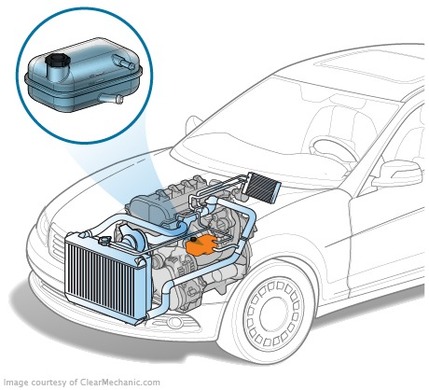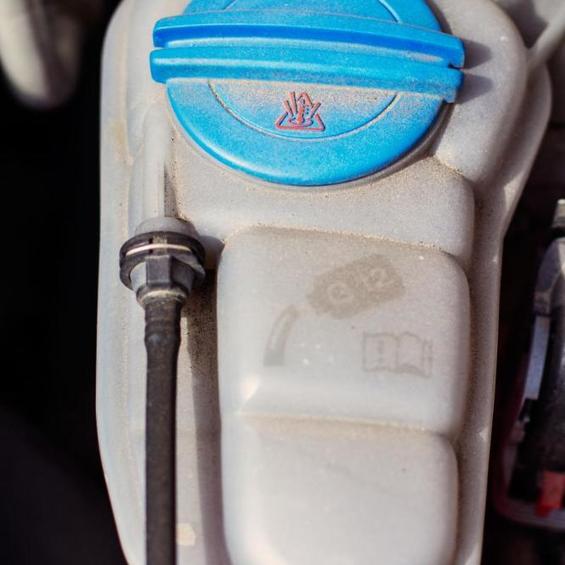
Depending on the design of the cooling system, the cork of the expansion unit may be a normal cap or a surge protection device. In some cars, the expansion tank and its cork are important elements in the recirculation chain of hot chilled liquid. Expansion unit device and principle
Expansion unit device and principle
The cover of the expansion tower, which is part of the cooling system, consists of a rubber fixation, a spring ring and a top. It is the top of the cork that is the single unit of exhaust and intake steam or air valve.
In some cooling systems, the expansion beam is not included in the main circulation line, so its cap is not more than a piece of moulded plastic
When the engine is heated, the pressure of the coolant in the system, including the expansion butternet, is increasing. When the pressure reaches 90 to 120 kPa, the valve shall be opened. If the pressure falls to 83.4 kPa, the valve shall be closed. Excessive pressure of the working liquid in the cooling system may damage the hoses and the radiator itself. The plug-in's outlet valve prevents the cooling system from raising the pressure to the critical point.
After the ignition is switched off, the engine is cooling off and the pressure of the working liquid in the cooling system is decreasing, leading to dilution. When the pressure is up to 3 kPa, the valve outlet valve opens and allows the air to flow into it. The system pressure is normal due to compensation of the amount of coolant from its contents.

Characteristics of the expansion-bacht fuse
The problem of the expansion butterbrush not only regulates the pressure of the coolant in the system, but also protects against ingress of dirt from the environment.
The point of addition of the rubber tube to the bottom of the expansion buttercup is a common occurrence of the leak in the cooling system
The dirt and small fractions settle on the worksurfaces of discharge and inlet valves. This may result in incomplete closing of them. Due to the loss of the tightness of the expansion bacha, the temperature of the cooling fluid is reduced and vaporization is increasing. As a result, the efficiency of the entire system is reduced.
The opening of the cap off the cork valve leads to an excessive increase in the pressure in the engine cooling system. The consequence may be damage to the hoses, swelling and even the breaking of the beam.
The surge of cooling fluid in the expansion butterfly is a sign that the engine oil has been hit by the cooling system
In case of problems with cooling system (pressure below 80 kPa or more than 120 kPa), the operation of the cork valve shall be checked. Sometimes, to resume normal operation of valves, it is sufficient to clean them, although the recommended action is to replace the cap. However, the marking of the new and old cork must necessarily coincide.
The loss of the tightness of the expansion pack may be due to the wear and tear of the spring-loaded cork. In this case, you can either replace the spring itself or the entire cork.
Caution is required when removing the fuse for the cooling fluid, because it is under pressure and may result in a splash.







